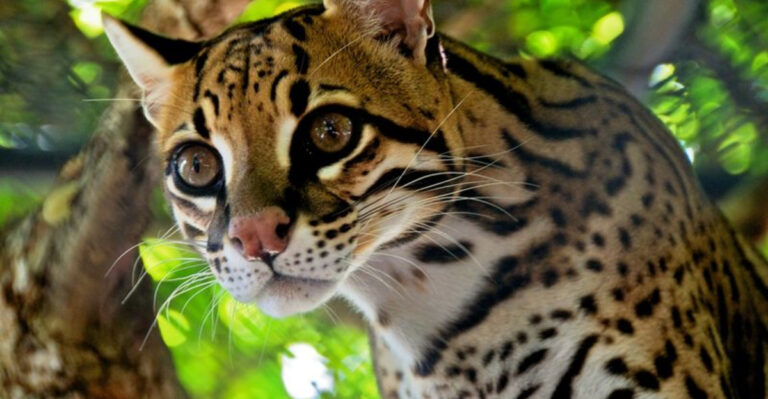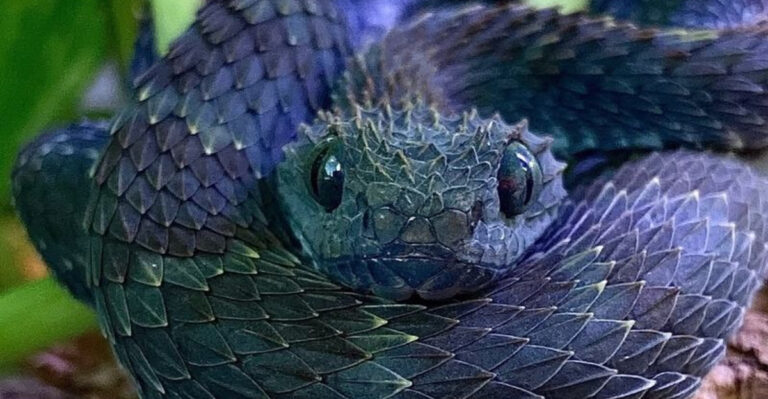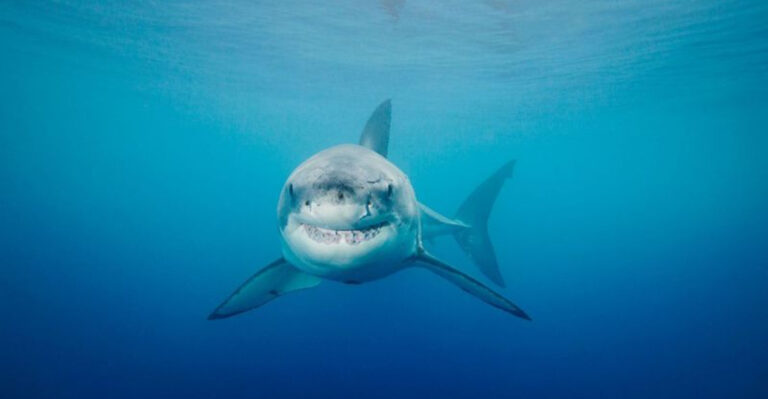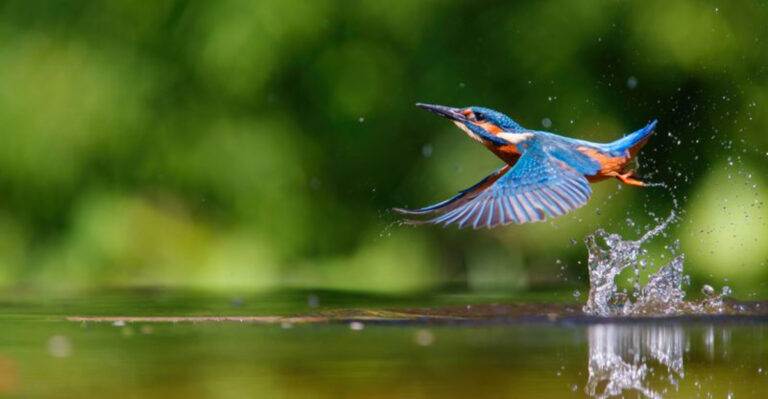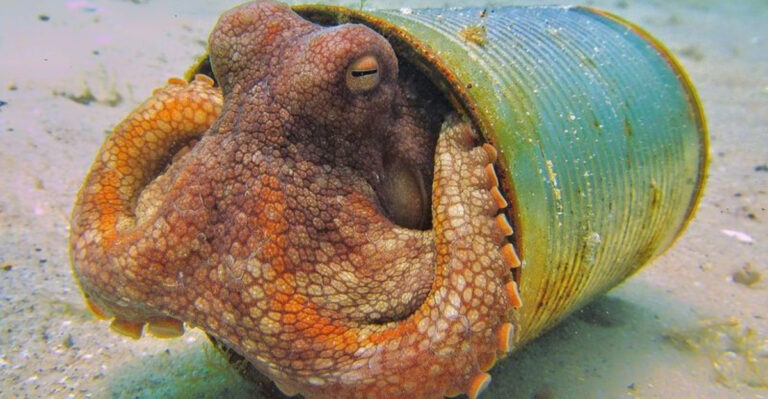19 Remarkable Animals Facing Extinction Due To Climate Change
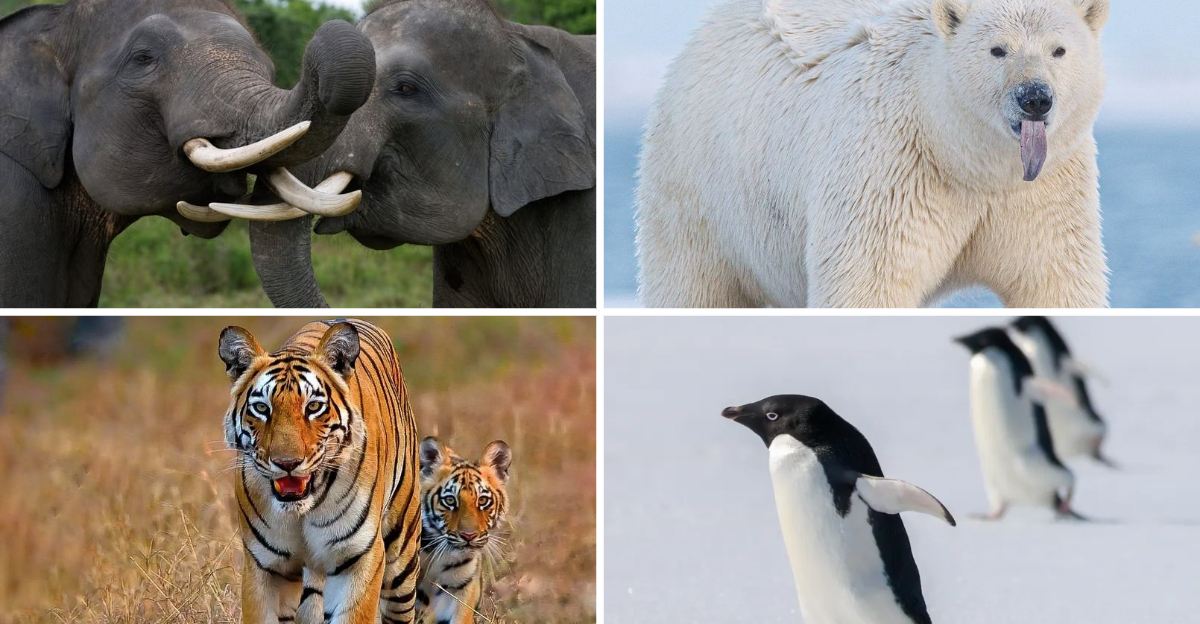
Climate change poses a significant threat to various animal species around the globe. The following are remarkable animals that are facing extinction due to the rising temperatures, changing landscapes, and shifting ecosystems.
Each of these species has unique characteristics and plays a vital role in their respective habitats. Our actions today can determine whether these animals survive or fade into history. Here, we explore their stories and the challenges they face.
1. Polar Bear
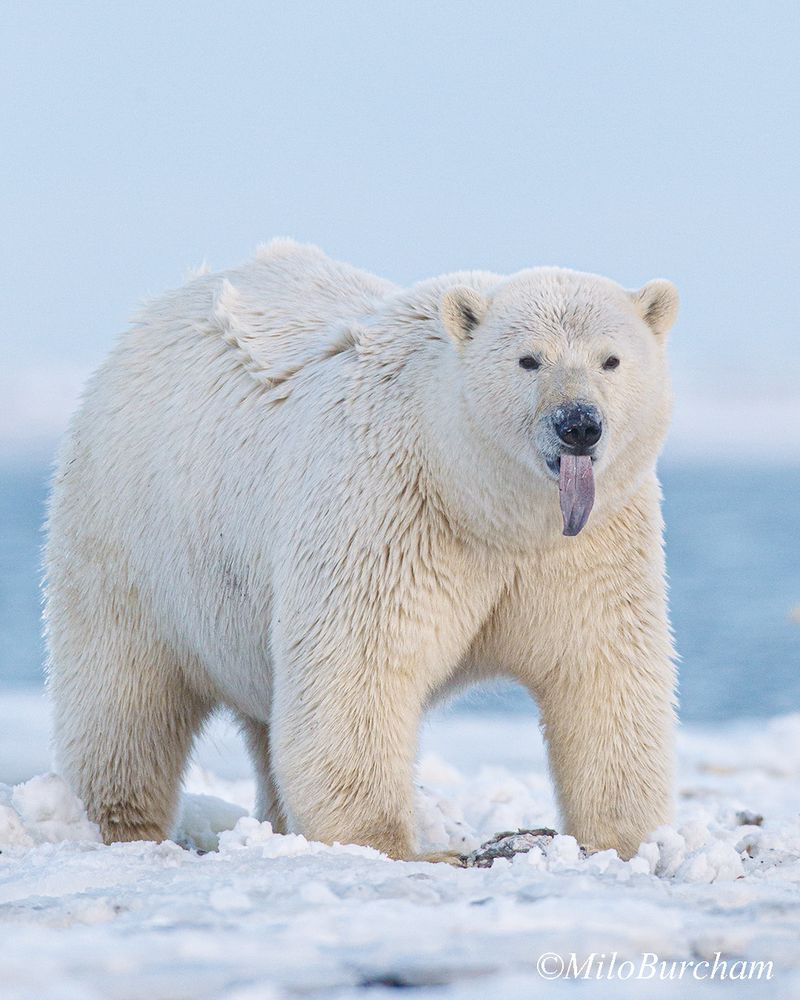
The majestic polar bear, a symbol of the Arctic, faces a grim future due to the rapid melting of sea ice. In search of food, these bears travel vast distances, relying heavily on the ice to hunt seals. Despite being some of the most fearsome predators in the world, their strong bodies and dangerous claws can’t save them from a changing environment.
However, climate change is causing the ice to break up earlier in the spring and form later in the autumn, shortening the hunting season. As a result, polar bears are forced to swim long distances to find stable ice, leading to exhaustion and even drowning.
With their habitat disappearing, these apex predators are struggling to find sufficient food, resulting in declining health and lower cub survival rates. Conservation efforts focus on protecting their habitat, but the key to their survival lies in addressing the root cause: climate change.
Reducing greenhouse gas emissions and promoting sustainable energy practices are crucial steps in preserving the polar bear’s future.
2. Bengal Tiger
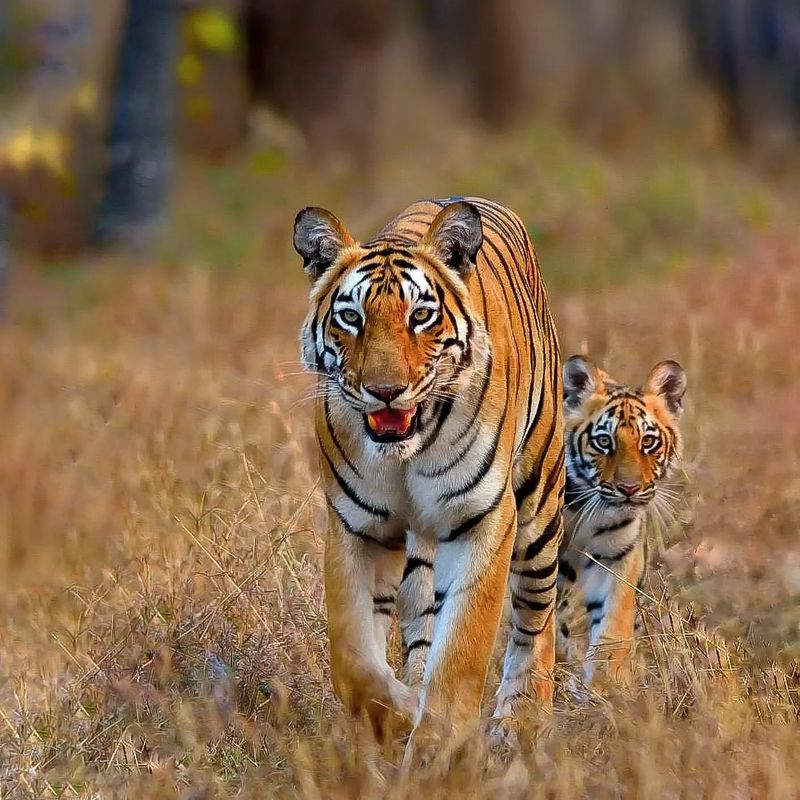
The Bengal tiger, an icon of power and beauty, is losing its habitat to rising sea levels and deforestation. Primarily residing in the Sundarbans, a unique mangrove ecosystem, these tigers are facing habitat loss due to the encroachment of saline water.
This intrusion is not only shrinking their habitat but also altering the ecosystem, affecting prey availability. Moreover, human-wildlife conflict is escalating as tigers venture into populated areas in search of food, leading to dangerous encounters.
To ensure their survival, conservationists are working on habitat restoration and community engagement programs. Protecting the Sundarbans and implementing sustainable land use practices can help preserve the Bengal tiger’s home.
Public awareness and involvement are also vital in mitigating human-tiger conflicts.
3. Leatherback Sea Turtle
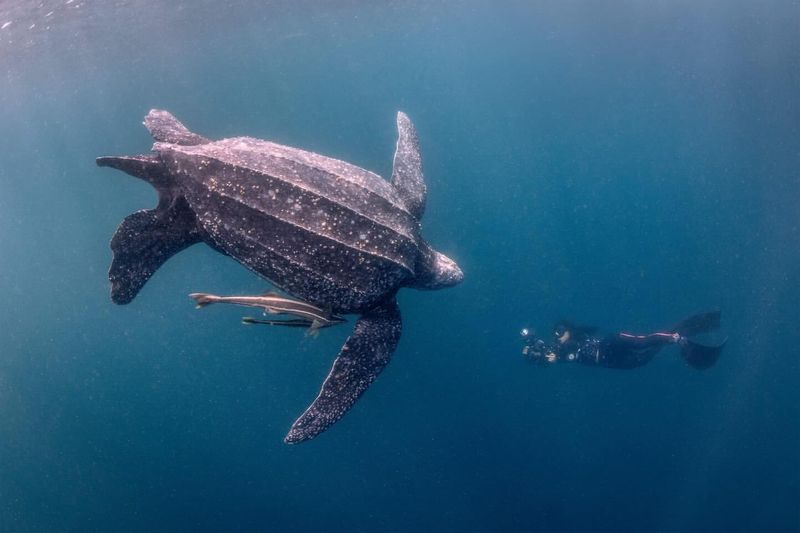
Leatherback sea turtles, the largest of all sea turtles, are critically endangered due to climate change and human activity. These gentle giants face threats from rising sea temperatures, which affect their nesting sites and hatchling sex ratios.
Warmer sands result in higher numbers of female hatchlings, disrupting natural population balances. Moreover, rising sea levels and increased storm activity erode nesting beaches, reducing available nesting areas.
Additionally, human activities such as fishing and pollution pose significant risks to their survival. Conservation efforts focus on protecting nesting sites and regulating fisheries to prevent bycatch. Raising public awareness about the impact of climate change on marine life is essential.
Supporting policies that reduce carbon emissions can help create a more sustainable environment for the leatherback sea turtle.
4. Snow Leopard
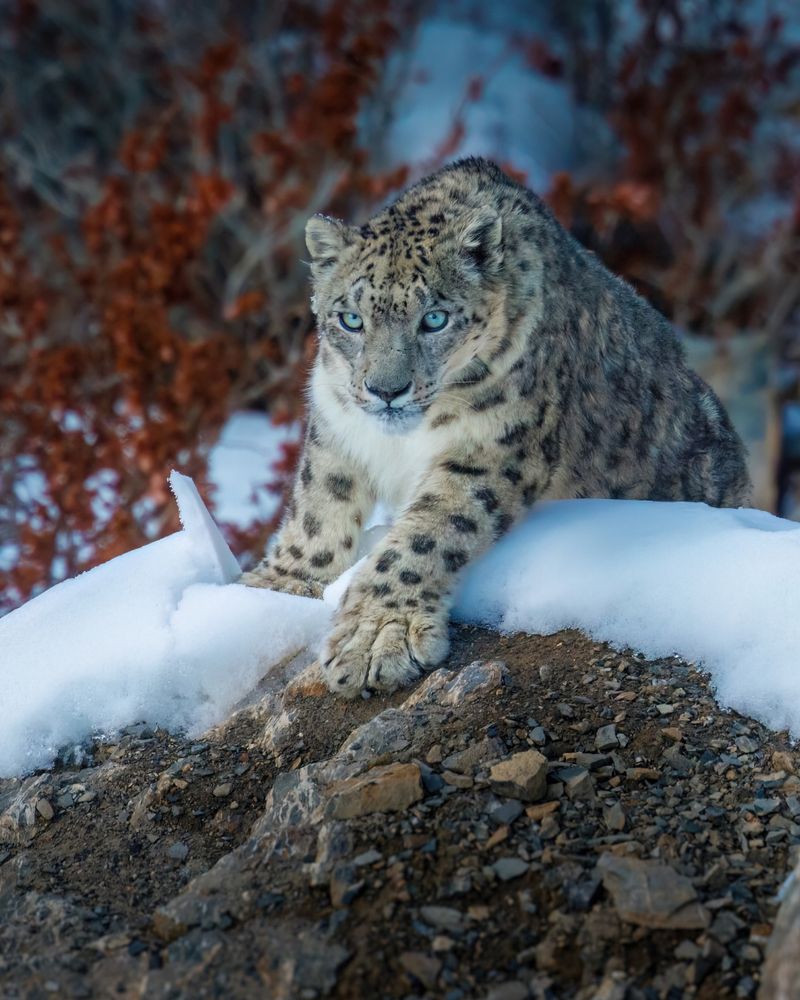
Graceful yet elusive, snow leopards inhabit the rugged mountains of Central Asia. Climate change threatens their survival by altering their habitat and prey availability. As temperatures rise, the snow line retreats, shrinking the alpine zones where these big cats thrive.
This shift not only affects the snow leopards but also their prey, such as ibex and blue sheep, which are forced to migrate to higher altitudes. Human encroachment and poaching further exacerbate the threats to their survival.
Efforts to protect snow leopards include establishing protected areas and community-based conservation programs. Engaging local communities in conservation efforts and promoting eco-tourism can create economic incentives to protect these magnificent animals.
Addressing climate change through global cooperation is crucial for their continued existence.
5. Adélie Penguin
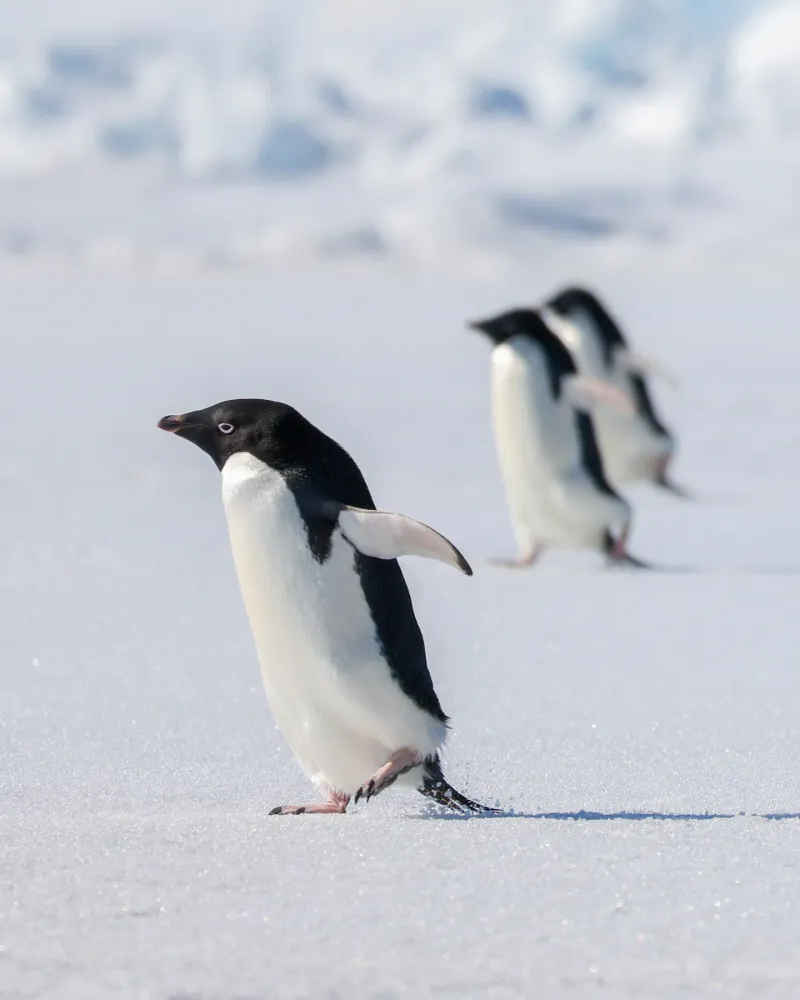
Adélie penguins, known for their vibrant personalities, are facing challenges as their icy habitat melts away. These Antarctic residents rely on sea ice for access to food and breeding grounds.
As climate change accelerates ice melt, Adélie penguins struggle to find food, leading to decreased breeding success. Increased competition for krill, their primary food source, further threatens their survival.
Ocean warming and changing currents disrupt the distribution of krill, affecting the penguins’ food availability. Conservationists are monitoring penguin populations and advocating for marine protected areas to safeguard their feeding and breeding grounds.
International cooperation to address climate change is vital to preserving the delicate ecosystem of Antarctica and ensuring the survival of Adélie penguins.
6. Koala

A beloved symbol of Australia, the Koala is severely impacted by climate change and habitat destruction. These marsupials are highly dependent on eucalyptus trees, which are increasingly threatened by rising temperatures and bushfires.
Bushfires, intensified by climate change, devastate koala habitats, leading to loss of shelter and food. Additionally, prolonged droughts reduce the nutritional quality of eucalyptus leaves, further stressing koala populations.
Conservation efforts focus on habitat restoration and fire management strategies. Supporting reforestation projects and reducing carbon emissions are vital steps towards securing a future for koalas.
Community involvement and awareness can also play a significant role in the conservation of these iconic animals.
7. Orangutan
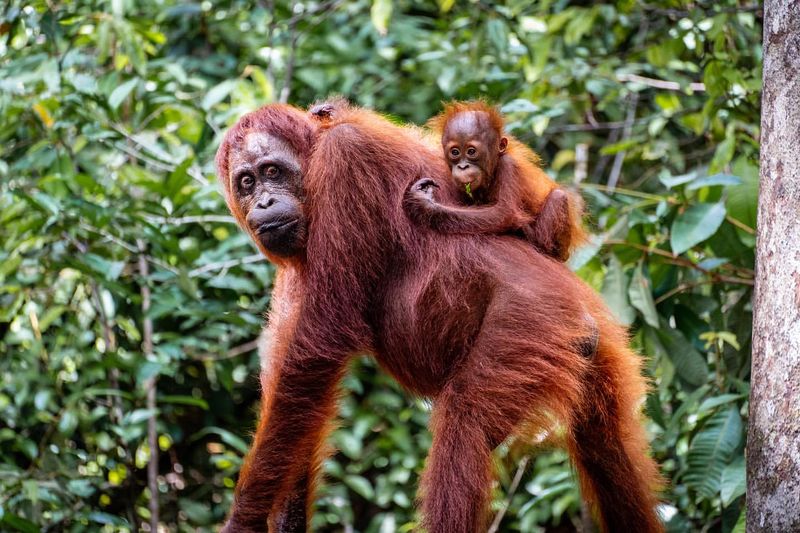
Orangutans, the great apes of Southeast Asia, face extinction due to deforestation and climate change. These intelligent primates depend on rainforest habitats, which are rapidly disappearing due to logging and agricultural expansion.
Climate change exacerbates these threats by altering weather patterns, affecting food availability, and increasing the frequency of forest fires. As their habitat shrinks, orangutans are left with fewer resources and are more vulnerable to poaching.
Efforts to save orangutans include protecting and restoring rainforest habitats, as well as promoting sustainable agricultural practices. Advocacy for stronger environmental policies and global cooperation in combating climate change are essential for their survival.
Public support and awareness can drive positive change and ensure a future for these remarkable animals.
8. Ringed Seal
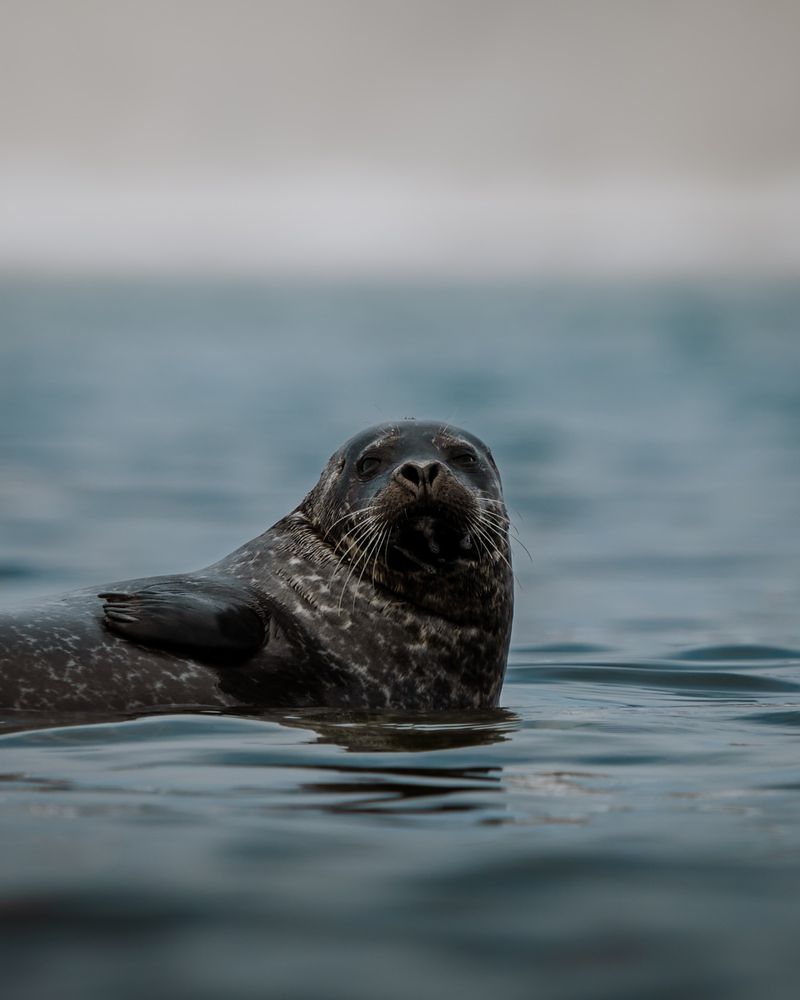
These seals rely on sea ice for breeding, molting, and resting. With the rapid decline of ice, they face habitat loss and increased predation.
The thinning ice also affects their ability to create lairs for their pups, leaving young seals vulnerable to the elements and predators. Additionally, changes in sea temperature impact the availability of their prey, such as fish and crustaceans.
Conservation measures include monitoring seal populations and protecting critical habitats. Reducing carbon emissions and supporting policies aimed at mitigating climate change are critical to preserving the Arctic environment and the ringed seal’s future.
Public engagement and awareness are key to fostering a global commitment to conservation.
9. Vaquita
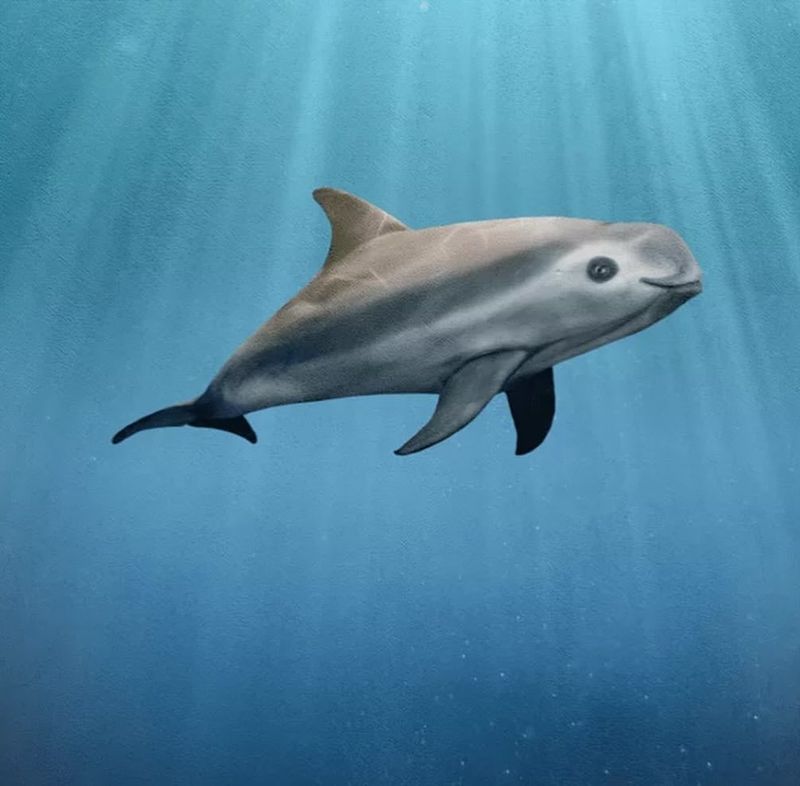
The vaquita, the world’s rarest marine mammal, is on the brink of extinction due to human activities exacerbated by climate change. Found only in the Gulf of California, these small porpoises are victims of illegal fishing, particularly for the swim bladder of the totoaba fish.
Climate change impacts their environment by altering ocean temperatures and currents, affecting the vaquita’s prey availability.
With fewer than 20 individuals remaining, urgent action is needed to save them from extinction. Conservation efforts focus on enforcing fishing bans and raising awareness about the vaquita’s plight.
Supporting sustainable fishing practices and promoting international cooperation are essential for their survival. Public involvement and advocacy are crucial in driving efforts to preserve this unique species.
10. Mountain Gorilla
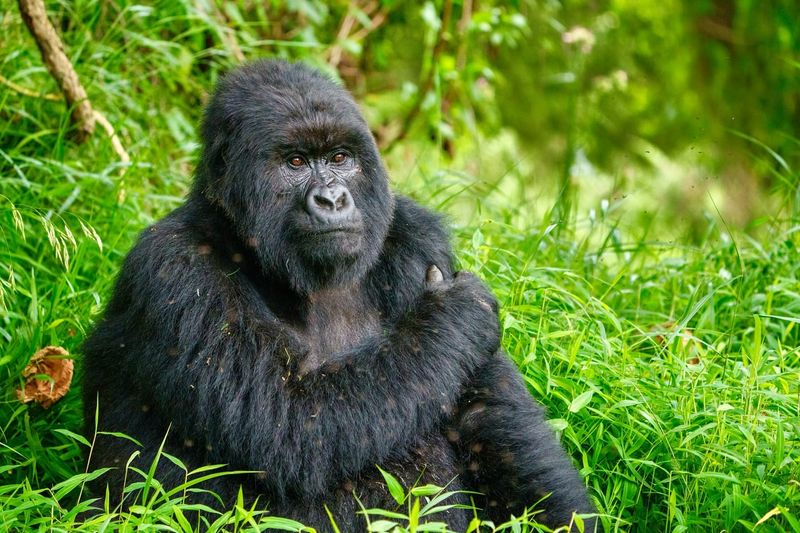
These gentle giants are affected by changes in temperature and rainfall patterns, which alter the availability of food and the health of their forest habitat.
Human encroachment and poaching further threaten their existence, as does the risk of disease transmission from humans. Conservation efforts focus on habitat protection, anti-poaching initiatives, and community engagement.
Supporting sustainable tourism and raising awareness about the importance of biodiversity can contribute to the conservation of mountain gorillas. Tackling climate change and promoting environmental stewardship are vital in ensuring their survival for future generations.
11. Hawksbill Turtle
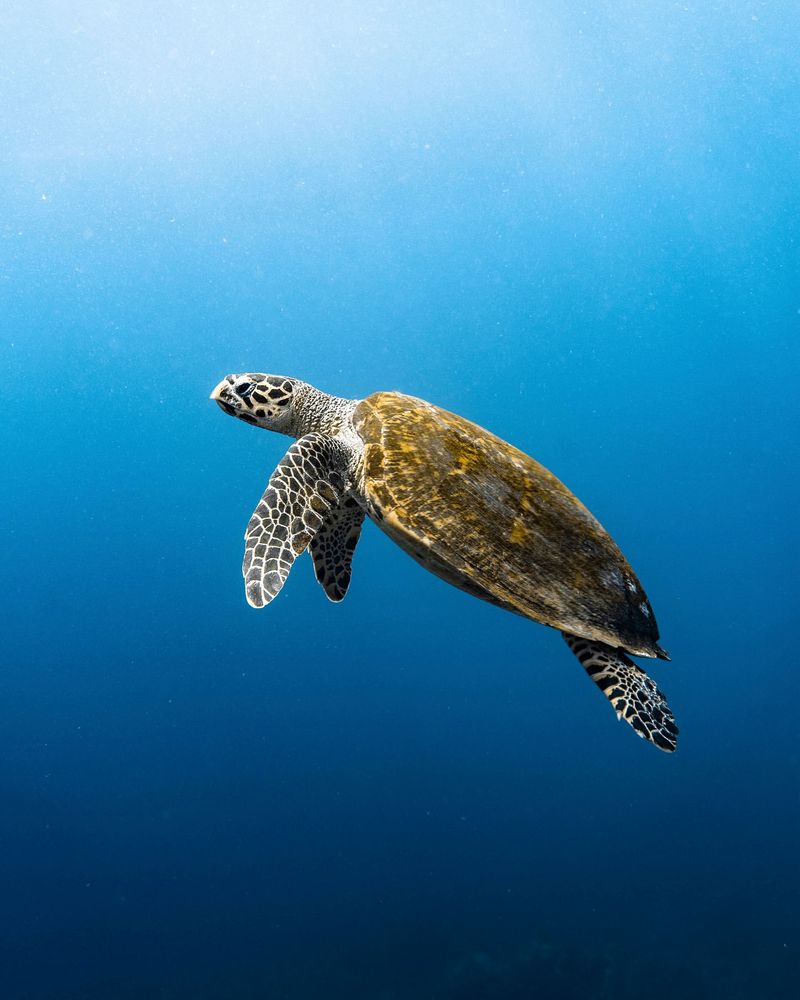
Hawksbill turtles, known for their striking shells, are critically endangered due to climate change and illegal trade. These turtles play a vital role in maintaining healthy coral reefs by controlling sponge populations.
However, rising sea temperatures and ocean acidification threaten their habitat and food sources. Additionally, the illegal trade of their shells exacerbates their perilous situation. Conservation efforts include protecting nesting beaches, regulating fisheries, and raising public awareness about the importance of marine conservation.
Global cooperation to reduce carbon emissions and promote sustainable practices is crucial for the survival of the hawksbill turtle. Encouraging responsible tourism and supporting marine protected areas can also make a significant impact in preserving these remarkable creatures.
12. Sumatran Elephant
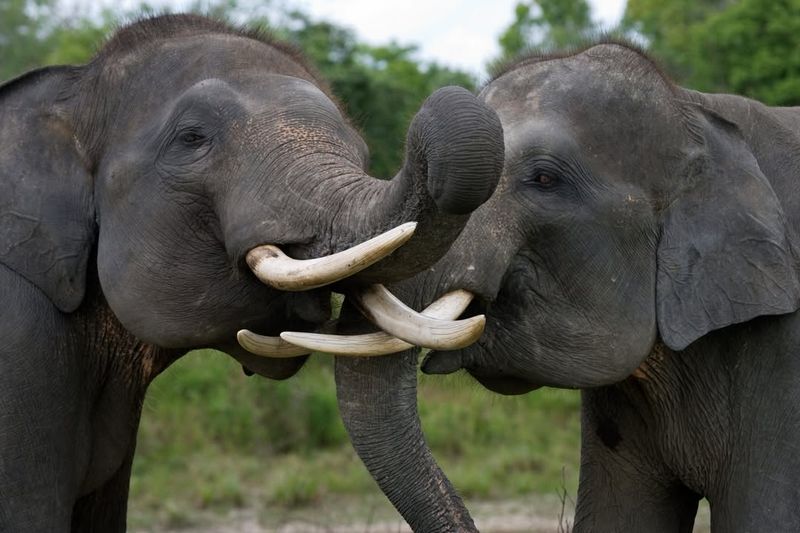
The Sumatran elephant, native to the lush forests of Sumatra, is an endangered species threatened by habitat loss and climate change. Deforestation for agriculture and logging has drastically reduced their habitat, leading to increased human-elephant conflict as they wander into populated areas.
Climate change compounds these challenges by affecting the availability of food and water. Conservation efforts focus on habitat protection, reforestation, and community-based conflict mitigation programs.
Promoting sustainable land use practices and raising awareness about the importance of biodiversity are essential for preserving the Sumatran elephant. Supporting policies that address climate change and encourage conservation are crucial to ensuring a future for these gentle giants.
13. Northern Right Whale
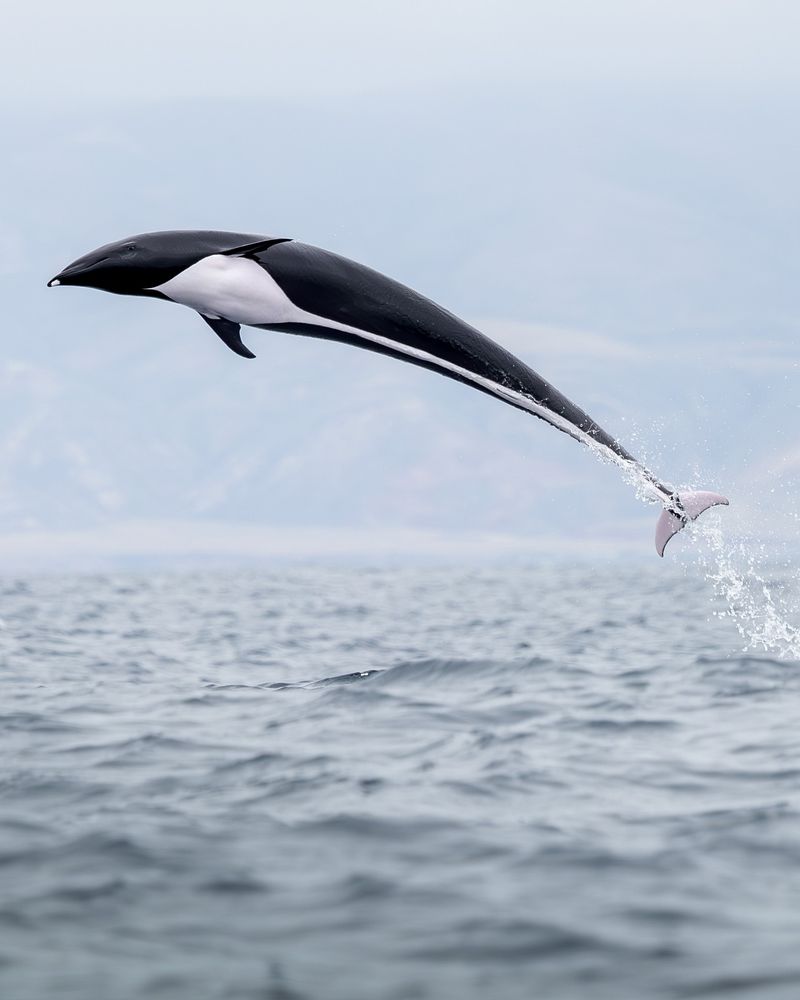
These majestic creatures are affected by changing ocean temperatures, which impact their prey availability and migratory patterns. Additionally, entanglement in fishing gear and collisions with ships pose significant risks to their survival.
Conservation efforts focus on monitoring whale populations, implementing ship speed regulations, and reducing fishing gear entanglement. Addressing climate change and promoting sustainable fishing practices are vital in preserving the northern right whale.
International cooperation and public awareness can drive efforts to protect these magnificent creatures and ensure their continued presence in our oceans.
14. Emperor Penguin
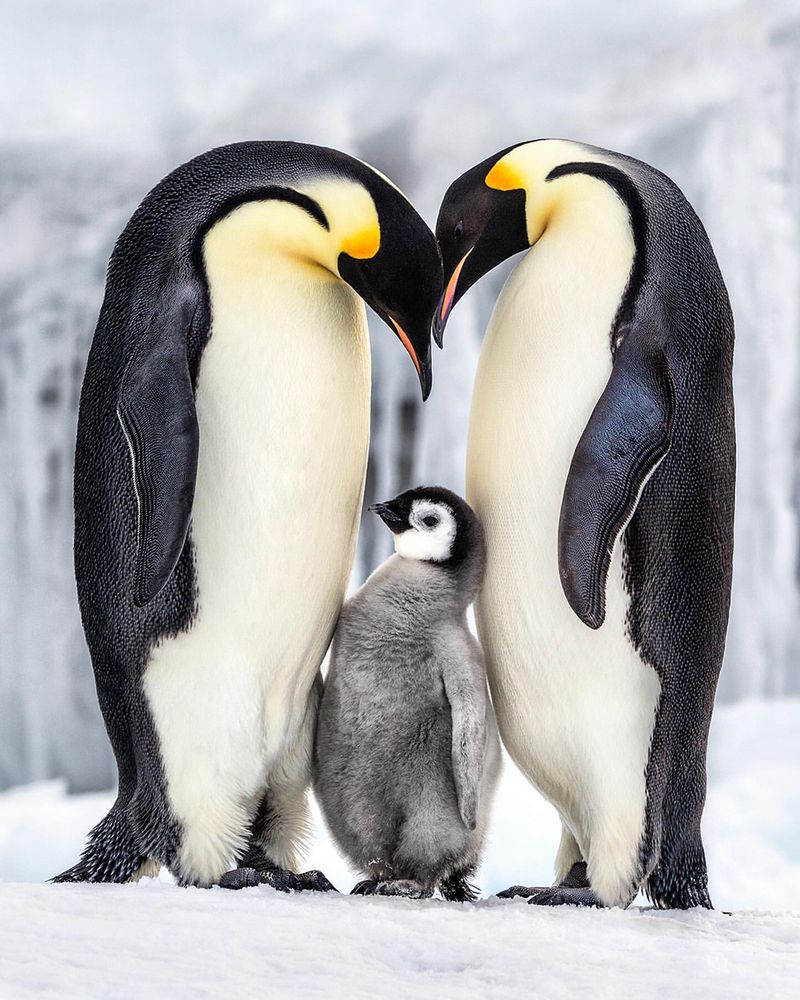
Emperor penguins, the largest of all penguin species, are facing existential threats from climate change. These iconic Antarctic residents rely on stable sea ice for breeding and feeding. As temperatures rise, the ice they depend on is melting, leading to habitat loss.
The reduction in sea ice also affects their primary food source, krill, whose populations are declining due to changing ocean conditions. Conservationists are advocating for the creation of marine protected areas and international policies to address climate change.
Raising public awareness about the impact of climate change on the Antarctic ecosystem is crucial. Collective global efforts to reduce carbon emissions can help preserve the emperor penguin’s habitat and ensure their survival.
15. Amur Leopard
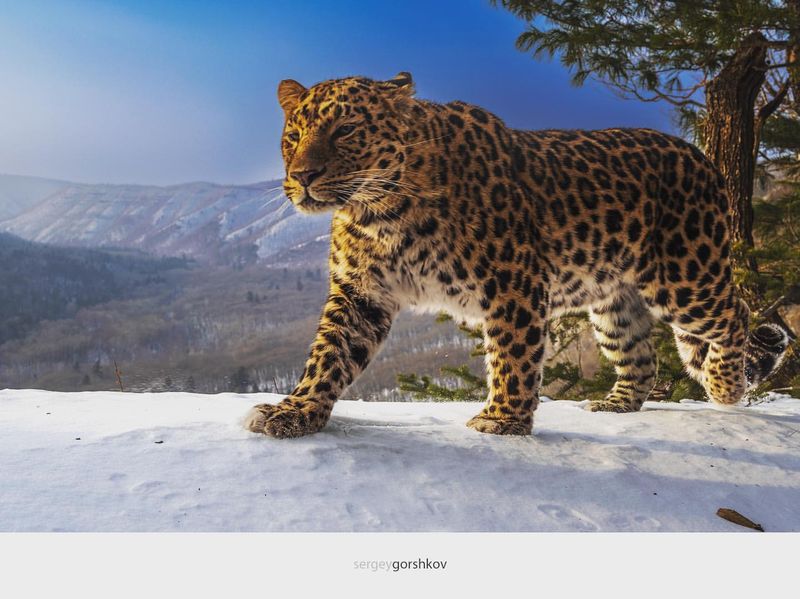
The Amur leopard, one of the rarest big cats in the world, is on the brink of extinction due to habitat loss and climate change. Found in the temperate forests of the Russian Far East, these leopards face threats from deforestation and poaching.
Climate change exacerbates these issues by altering their habitat and affecting prey availability. Conservation efforts focus on habitat protection, anti-poaching measures, and international cooperation.
Supporting policies that address climate change and promote sustainable land use are crucial for preserving the Amur leopard. Public involvement in conservation initiatives and awareness campaigns can also play a significant role in ensuring a future for this magnificent animal.
16. Javan Rhino
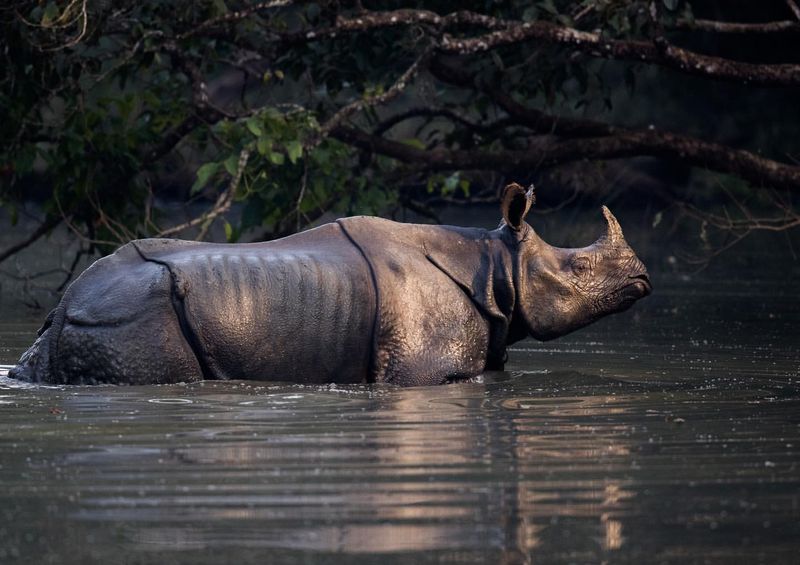
The Javan rhino, critically endangered and limited to a single population in Ujung Kulon National Park, faces numerous threats from climate change and human activity. Rising sea levels and extreme weather events pose risks to their low-lying habitat.
Additionally, habitat loss due to agricultural expansion and poaching for their horns further endanger these rare rhinos. Conservation efforts include habitat restoration, anti-poaching patrols, and community engagement programs.
Raising awareness about the importance of biodiversity and supporting policies that address climate change are vital for the Javan rhino’s survival. Promoting sustainable land use and engaging local communities in conservation efforts can help preserve this unique species.
17. Monarch Butterfly
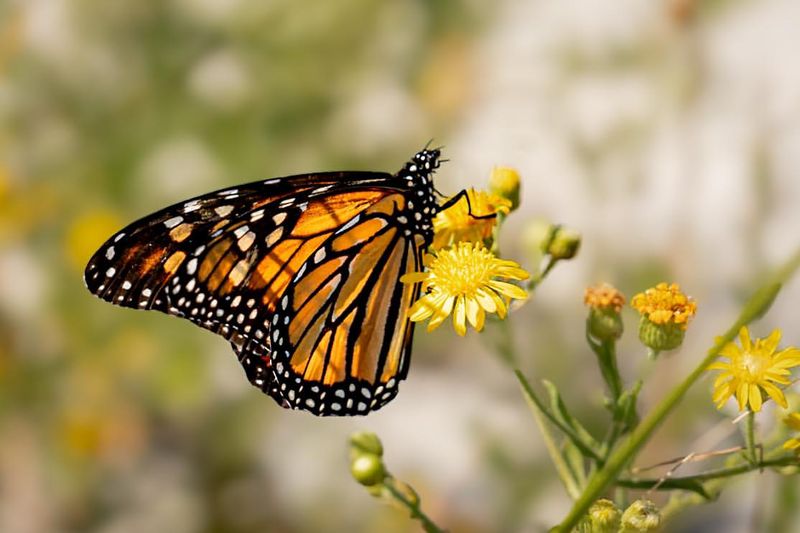
Monarch butterflies, celebrated for their striking orange and black wings, are facing population declines due to climate change and habitat loss. These migratory insects rely on milkweed plants for breeding, which are disappearing due to agricultural expansion and pesticide use.
Climate change affects their migration patterns and breeding success by altering weather conditions and reducing habitat availability. Conservation efforts focus on planting milkweed, protecting natural habitats, and raising public awareness.
Supporting sustainable agricultural practices and policies that address climate change can help preserve the monarch butterfly. Engaging communities in conservation initiatives and promoting butterfly-friendly gardens are also crucial steps in ensuring their future.
18. Saola
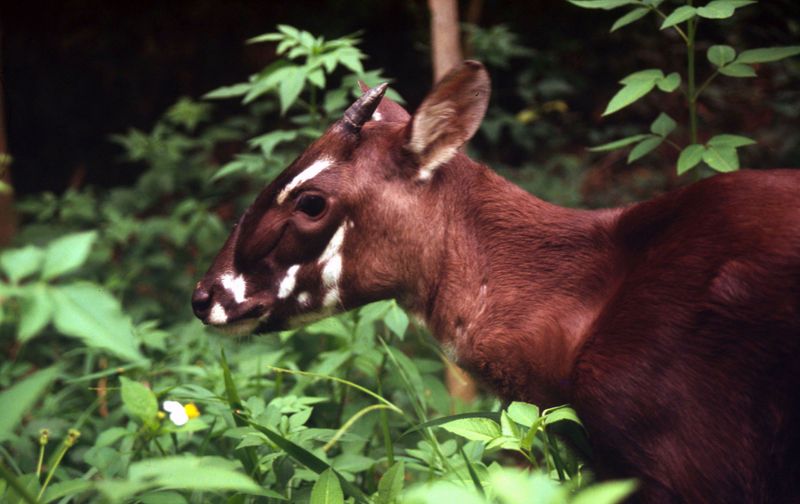
Found only in the Annamite Range of Vietnam and Laos, these rare mammals face threats from deforestation and hunting. Climate change exacerbates these challenges by altering their forest habitat and affecting the availability of resources.
Conservation efforts focus on habitat protection, anti-poaching patrols, and community engagement. Raising awareness about the saola’s plight and supporting policies that address climate change are essential for their survival.
Promoting sustainable land use and engaging local communities in conservation efforts can help preserve this enigmatic species.
19. Galápagos Penguin
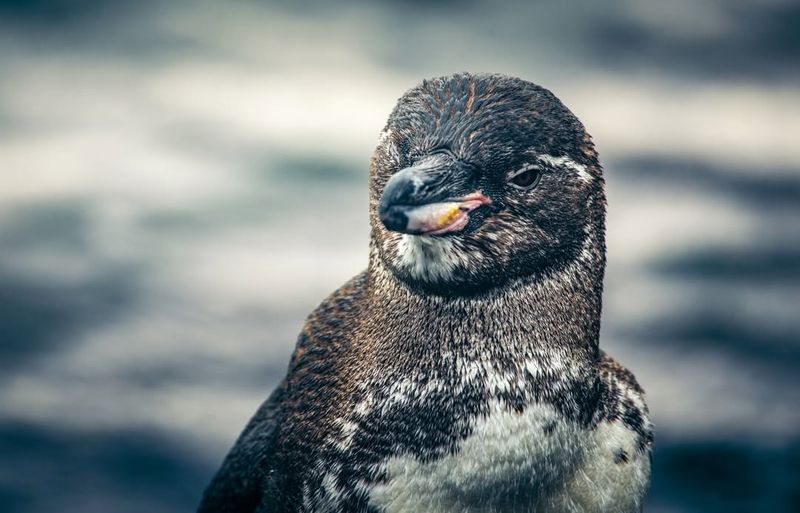
The Galápagos penguin, the only penguin species found north of the equator, is critically endangered due to climate change and human activity. These unique birds are affected by changing ocean temperatures, which impact their food supply, particularly fish populations.
Additionally, human activities such as pollution and overfishing pose significant threats to their survival. Conservation efforts focus on protecting nesting sites, regulating fishing, and raising public awareness about the importance of marine conservation.
Supporting policies that address climate change and promote sustainable fishing practices are crucial for preserving the Galápagos penguin. Engaging local communities and encouraging responsible tourism can also contribute to the conservation of this remarkable species.


